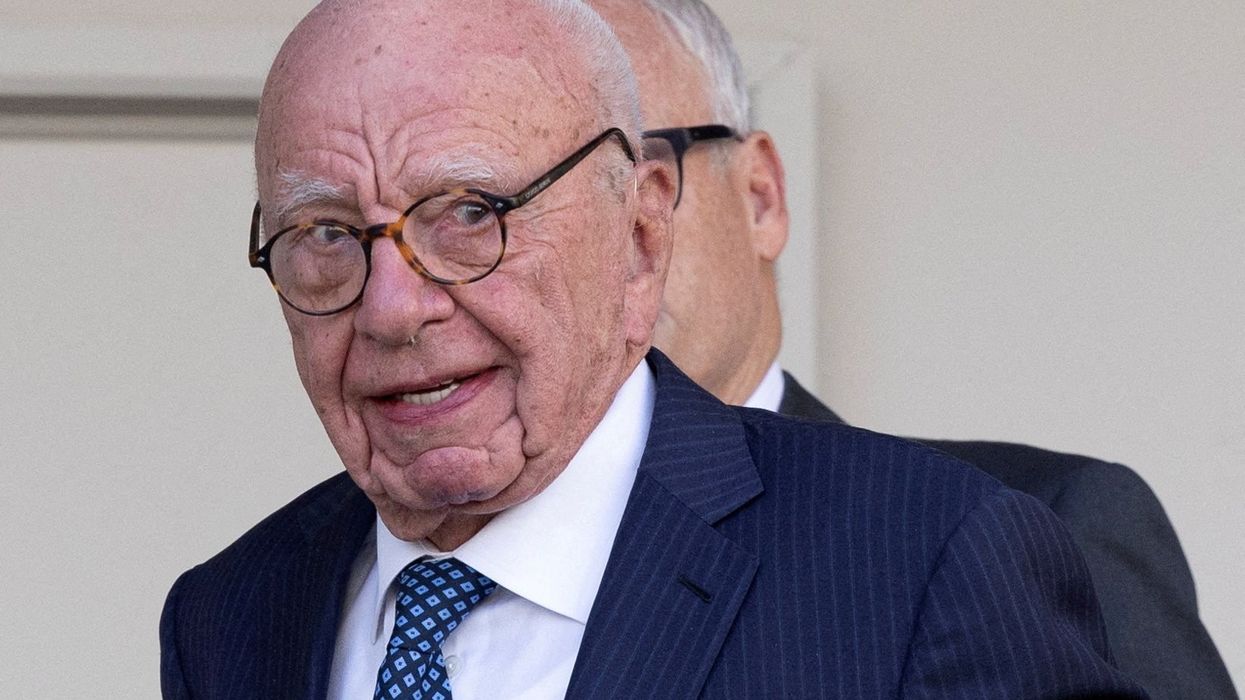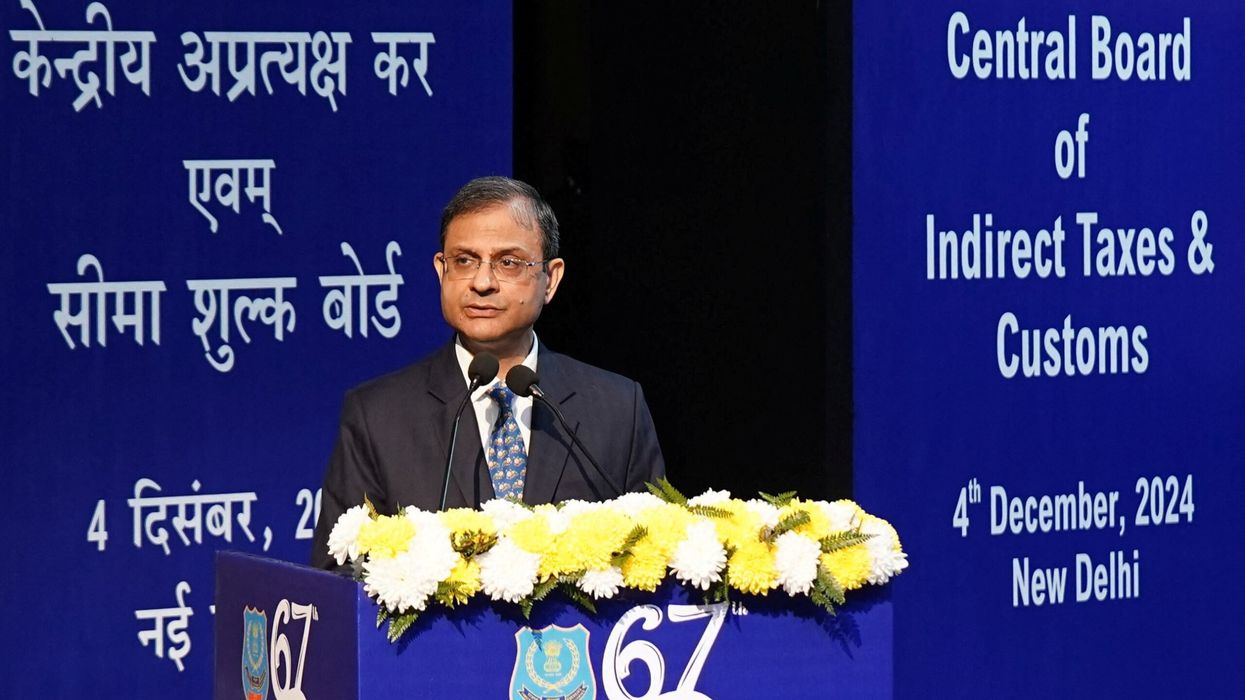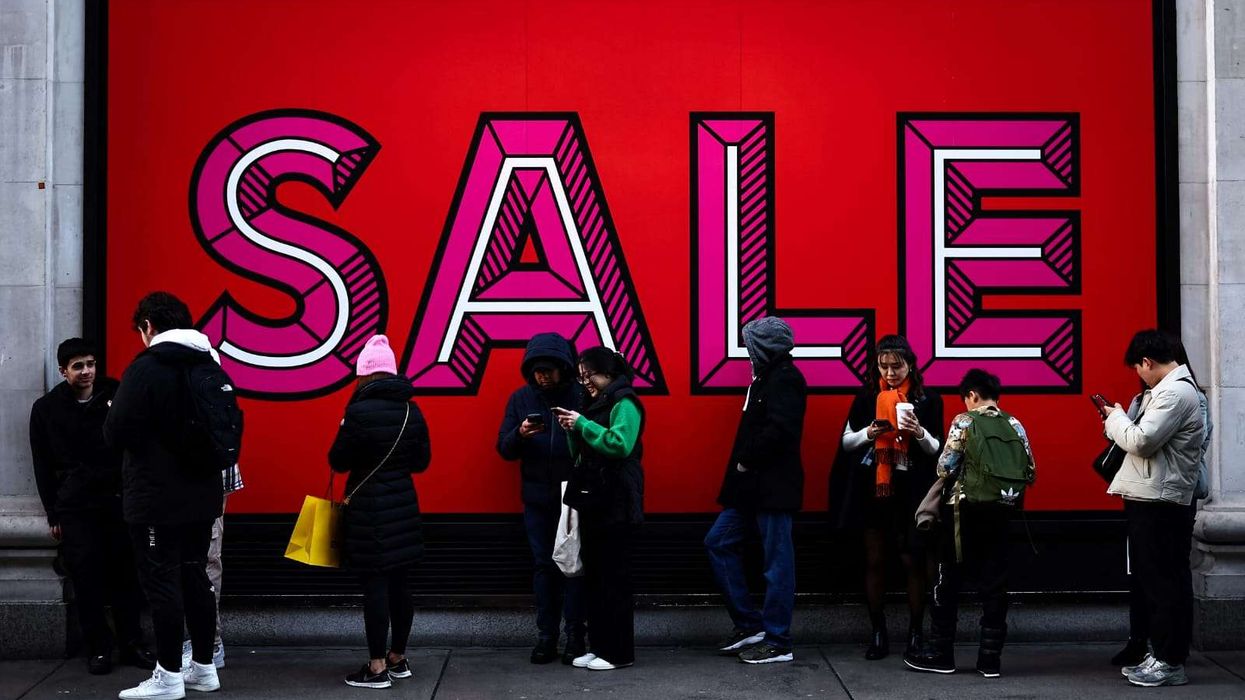RACIAL disparities in British society are real, but discrimination is often not the reason for these inequalities, a government race adviser has said.
Dr Tony Sewell, head of the government’s commission on race and ethnic disparities, said there were “deeper factors” at play instead, such as a person’s educational background and family history.
His comments echo analysis from the race commission’s report earlier this year. It concluded that varied experiences of family life and structure could explain many disparities in education outcomes and crime.
The report, authored by Sewell, also stated that the system in the UK was not “deliberately rigged against ethnic minorities” and institutional racism did not exist.
Speaking at a Westminster Employment Forum policy conference on ethnic minority equality in the workplace last Friday (25), Sewell added that inequalities could often be explained by “a lack of confidence”.
He referred to his work with his charity Generating Genius, which works to ensure that students from disadvantaged backgrounds are positioned to excel in careers in STEM (science, technology, engineering and mathematics) subjects.
As part of the course, pupils are taken to top universities across the country and given an opportunity to mix with other students. Sewell recalled an instance when some boys from the programme declined to present their work and relied on others in the group, who came from wealthier backgrounds, to do so instead.
“I asked why (the boys) did not want to present. The students replied, ‘the other group were so confident they just decided they would take charge,’” Sewell said. “It was a lesson that I think applies to the workplace too.”
Sewell said students are taught to pass exams, but “we don’t inculcate that sense of entitlement”. “This was not just about race,” he explained. “This was really about, in some ways, their class.”
On what workplaces could do to improve their inclusion practices, Sewell urged companies to analyse their own data before proceeding with diversity and equality workshops. By looking at people analytics, companies could see what problems they need to fix, he said.
“Google were one of the first to employ people to understand the gender gap and they found women were twice as likely to quit as the average Google employee,” he said. “The data showed a parent gap, rather than the gender gap, and it turned out young mothers were twice as likely to quit.
“The head of the department introduced a new maternity and paternity plan, and the impact was immediate. New mothers at Google were no more likely to leave than the average employee.”
Dr Vivienne Lyfar-Cissé, the chair of the NHS BME Network, spoke of institutional racism within the health service during the event. She argued the NHS has been “in denial about the problem for decades”, citing research showing how ethnic minority communities had received unequal treatment and experienced significantly worse health outcomes.
Talking about employment equality in the NHS, Lyfar-Cissé criticised the service for discriminating against BAME staff. She noted 2019 analysis which found white applicants who were shortlisted for an NHS job in England in 2017-18 were 1.45 times as likely to be appointed, compared with applicants from other ethnic groups.
“How can the NHS possibly deliver its ambition to reduce health inequalities across ethnic minority communities if the organisation itself fails to deliver equality internally for the people it employs,” she asked.
Sewell also reflected upon racism in the service. He recalled hearing of a white patient who refused to see a female BAME trainee doctor. Although she spoke to her senior, no action was taken against the patient, who was eventually treated by a white doctor.
Last week, Eastern Eye spoke to several Asian medical staff who had had similar experiences. “Imagine how the young doctor felt after that experience” Sewell said. “(It) is a rare occurrence in the NHS in terms of patient interaction, but it is a reality of racism in the workplace that people face, and it is a reality that we’ve got to deal with. We have to deal with it better than the way in which (the female doctor) was dealt with.”
Other speakers at the event included Wilf Sullivan, race equality officer, Trades Union Congress (TUC); Cynthia Davis, chief executive officer and founder, BAME Recruitment; Naeema Choudry, partner, Eversheds Sutherland; and Roger McKenzie, assistant general secretary, Unison.












